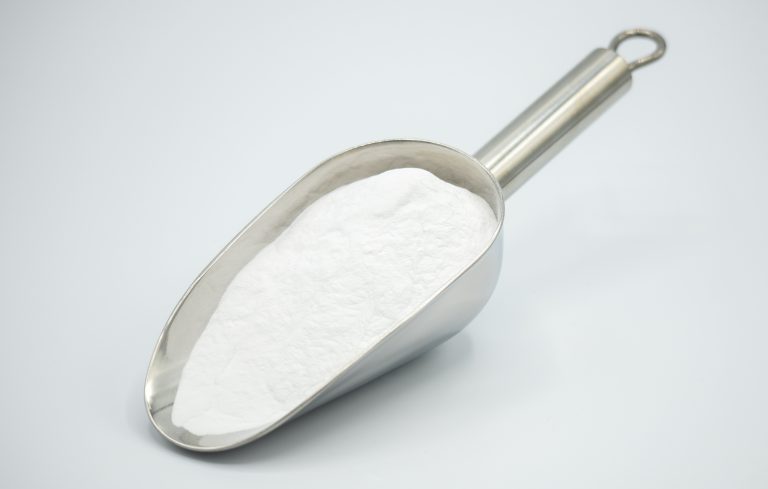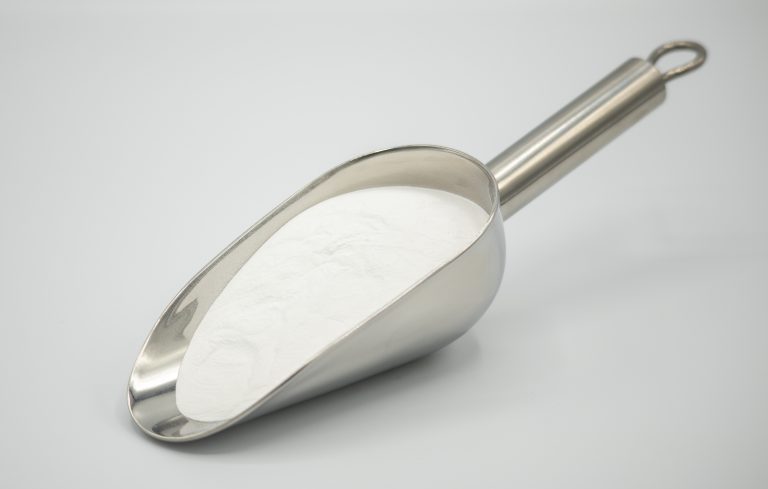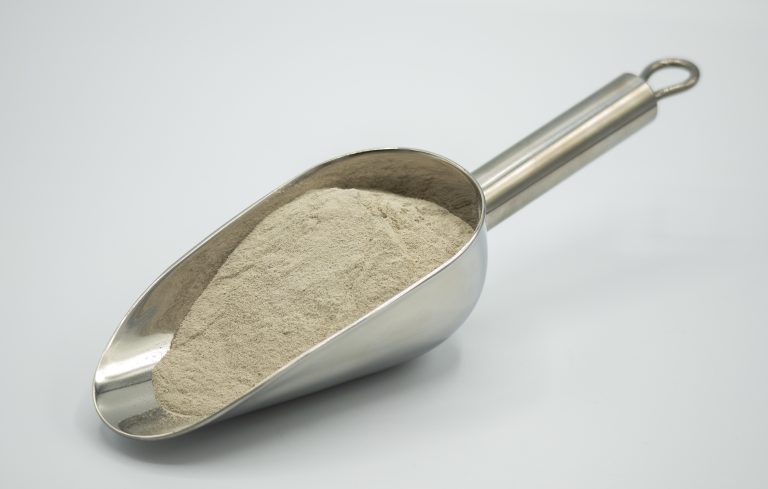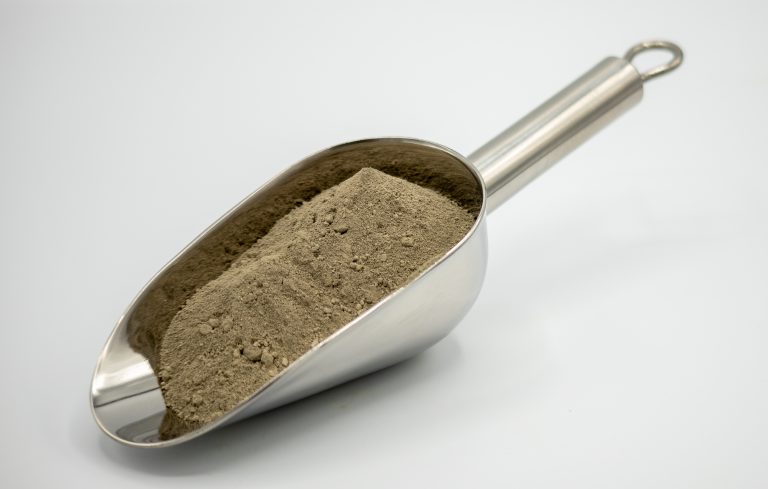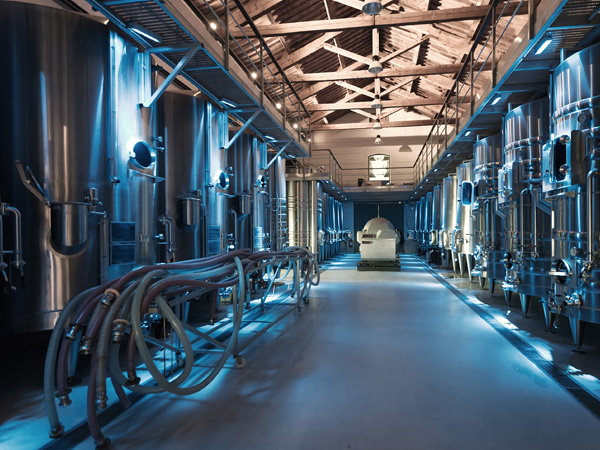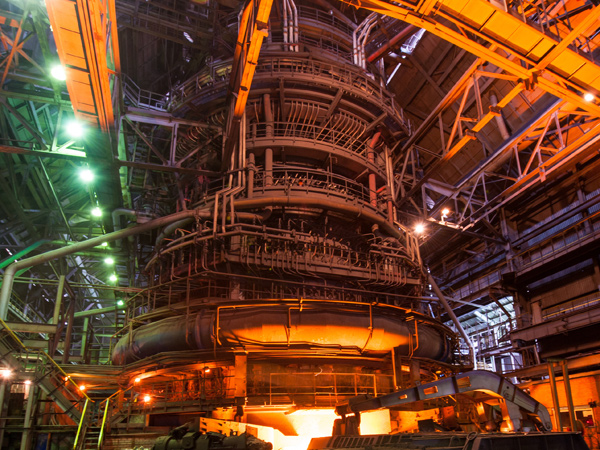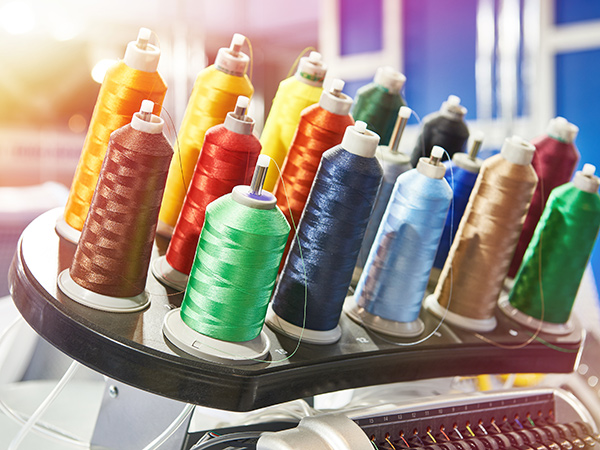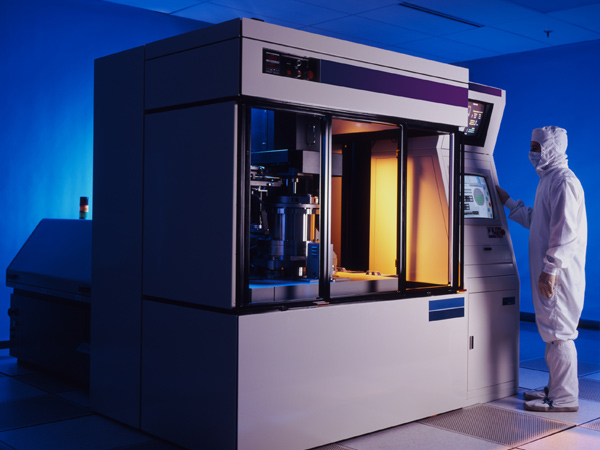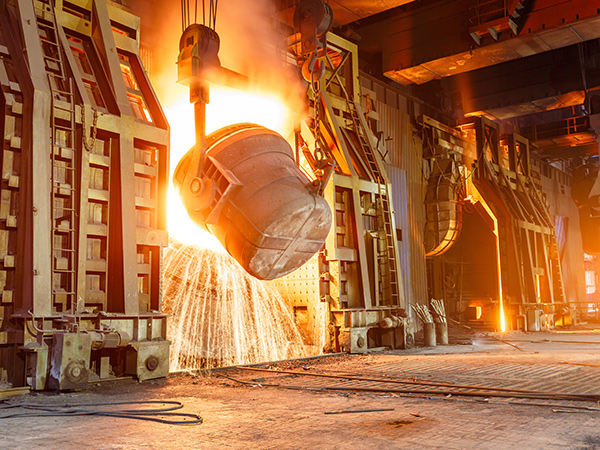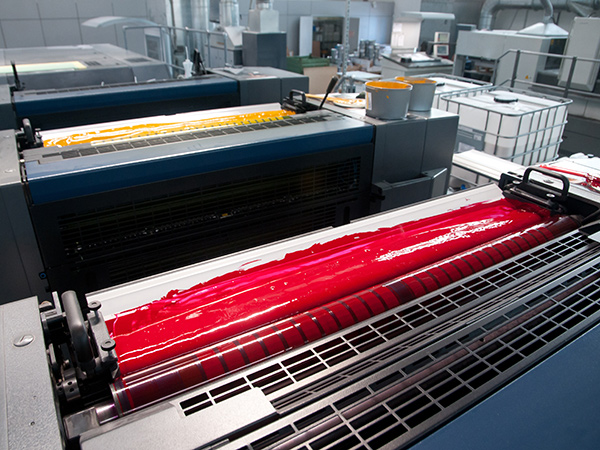Automotive Industry
The automotive industry contributes significantly to the German economy and has a high status in the society [Bar10]. Currently, innovations are mainly driven by political guidelines aimed at reducing the emission of pollutants [Sch19]. This results in a need for research in the field of lightweight construction, construction of micro-vehicles and alternative propulsion systems [Sch19]. In addition, demand from regions such as China and India as well as Brazil is increasingly coming to the fore [Bar10].

IKH PRODUCTS USED FOR THIS INDUSTRY
Alumina (Al2O3)
Due to its excellent price-performance ratio, alumina (Al2O3) ceramics are predestined for many technical applications and the most widely used oxide ceramic material [KOL18]. Its low costs are due to the high availability of aluminum (3rd most common element in the earth’s crust) and the costeffective preparation and sintering processes.
Zirconia (ZrO2)
Ceramics made from zirconia (ZrO2), occupy a special position among engineering ceramics due to their exceptional mechanical properties. For example, some zirconium oxide ceramics exhibit extremely high flexural strength and fracture toughness previously considered as unattainable for ceramics.
Silicon Nitride (Si3N4)
Silicon nitride is a light gray to black ceramic, which is used in high-temperature technology in particular because of its good mechanical properties up to 1800°C. Silicon nitride ceramics are characterized by a low density, high fracture toughness, low coefficient of friction and very good thermal shock resistance.
Silicon Carbide (SiC)
The annual production of silicon carbide (SiC) exceeds 800,000 t, making it by far the most used non-oxide ceramic. In the past it has been used almost exclusively as an abrasive material, which still accounts for a major part of its usage. The development of new processes for the production of dense components with favourable mechanical properties enabled new fields of application.



